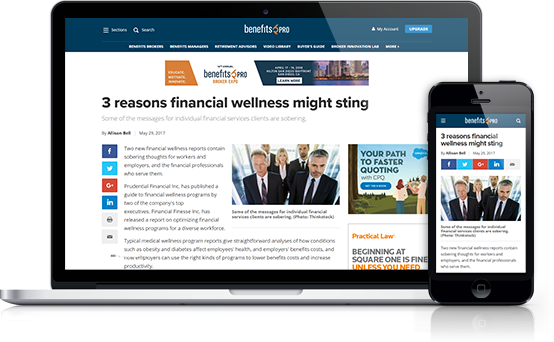
In baseball’s analytics revolution, teams discovered that traditional statistics like home runs and batting averages told only part of the story. Introducing the concept of wins above replacement (WAR), a statistic that estimates a player's value by comparing them to a replacement-level player, transformed talent evaluation by measuring a player's total contribution compared to a replacement-level alternative. This shift to a comprehensive value assessment offers a compelling framework for reconsidering your employee benefits strategy.
|
Changing the game: Beyond traditional stats
Just as baseball teams once fixated on home run hitters while overlooking equally valuable players with different skill sets, many organizations focus heavily on traditional big-ticket benefits like premium health care plans while missing opportunities to create greater value through strategically allocating their benefits budget.
The concept of WAR in employee benefits asks a simple but powerful question: How much additional value does a specific benefit provide compared to standard market offerings? This framework helps organizations move beyond the traditional emphasis on actuarial value to consider the total impact of their benefits strategy on employee attraction, retention and satisfaction.
|
The actuarial vs. perceived value game
Understanding the distinction between actuarial value and perceived value is crucial. While actuarial value represents the mathematical worth of a benefit, perceived value reflects how employees value and use these offerings. Recent data from the 2024 KFF Employer Health Benefits Survey show that high-deductible health plans (HDHPs) with health savings accounts (HSAs) have significantly lower premiums ($8,275 for single coverage) compared to traditional PPO plans ($9,383), yet they often deliver higher perceived value through tax advantages and flexibility. Offering an HDHP with an HSA might create more employee satisfaction than a traditional plan with richer benefits but higher costs.
|
Playing within the salary cap
SHRM's 2024 Employee Benefits Survey reveals how employers prioritize different benefits categories, with health-related benefits (88%), retirement savings (81%) and leave benefits (81%) rated as most important. However, emerging categories like flexible working benefits (70%) and family-friendly benefits (67%) are gaining significance.
Recommended For You
Complete your profile to continue reading and get FREE access to BenefitsPRO, part of your ALM digital membership.
Your access to unlimited BenefitsPRO content isn’t changing.
Once you are an ALM digital member, you’ll receive:
- Breaking benefits news and analysis, on-site and via our newsletters and custom alerts
- Educational webcasts, white papers, and ebooks from industry thought leaders
- Critical converage of the property casualty insurance and financial advisory markets on our other ALM sites, PropertyCasualty360 and ThinkAdvisor
Already have an account? Sign In Now
© 2025 ALM Global, LLC, All Rights Reserved. Request academic re-use from www.copyright.com. All other uses, submit a request to asset-and-logo-licensing@alm.com. For more information visit Asset & Logo Licensing.








